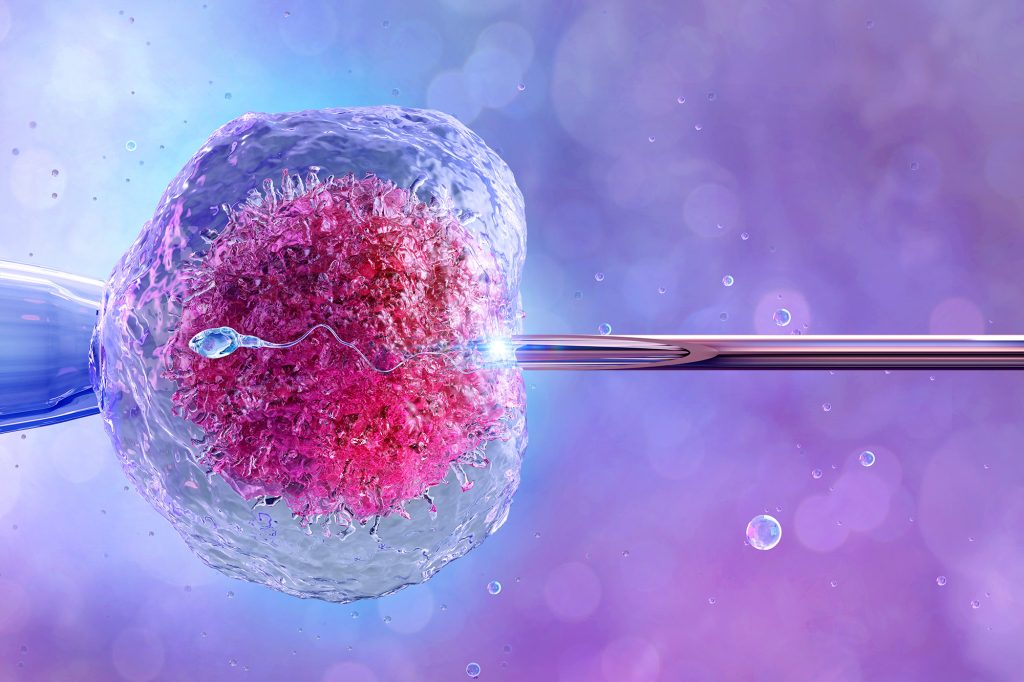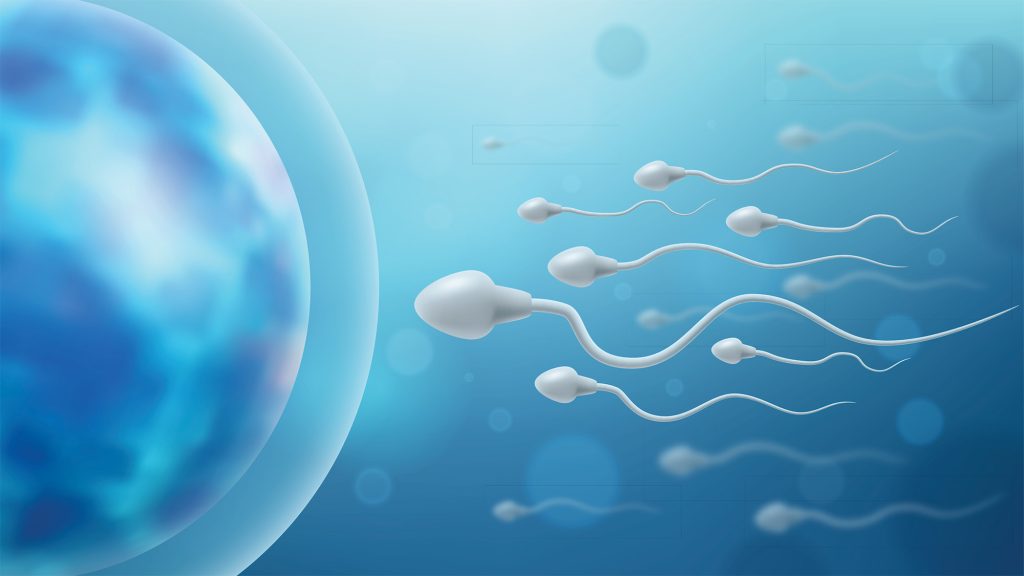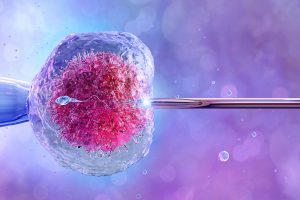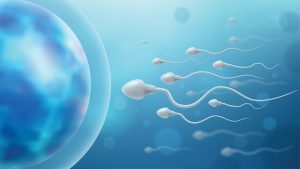Table of Contents
Navigating the landscape of male birth control often leads to queries about vasectomies. Chief among them is the curious query: what happens to sperm after vasectomy? Delve into the journey of sperm post-procedure and uncover the scientific nuances behind this effective contraception method.
The Anatomy of the Male Reproductive System
To grasp the impact of a vasectomy, it’s essential to understand the male reproductive system’s intricacies.
The Role of the Vas Deferens
The vas deferens are critical ducts that transport and permit sperm to mix with seminal fluid. Blocking these tubes during a vasectomy ensures that sperm doesn’t find its way into the ejaculate.
Sperm Production in the Testicles
Testicles primarily produce sperm and manage sperm stem cells. Within the testicles, sperm nurse cells stimulate sperm development. This production is a natural process, and even after a vasectomy, sperm production continues — though the sperm can’t travel their typical route.
The Immediate Aftermath: Post-Vasectomy Changes
A vasectomy induces significant changes in the reproductive system. Let’s dissect the immediate aftermath.
Disruption in the Sperm Transport Route
Following a vasectomy, the sperm’s pathway, facilitated by the vas deferens, gets disrupted. This prevents sperm drainage into the seminal fluid. While the testicles continue producing sperm, these cells no longer find their way into the ejaculate.
Short-Term Sperm Presence in the Ejaculate
Post-procedure, some men might still find sperm in their semen sample, primarily because some sperm remain in the upper part of the vas deferens. Over time, and through ejaculations, these sperm cells are cleared out.
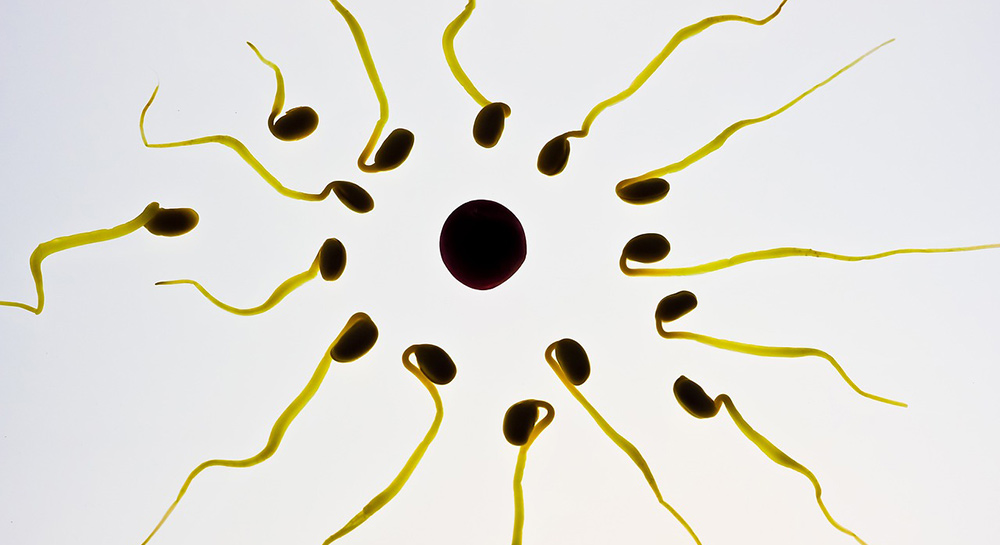
The Fate of Sperm After Vasectomy
Even after a vasectomy procedure, sperm cells don’t vanish. Their fate is an intricate part of the vasectomy discussion.
Natural Absorption by the Body
The body, in its efficiency, has mechanisms to manage excess cells. Sperm cells that don’t exit the body are naturally absorbed. White blood cells play a role in breaking down and removing these sperm cells.
The Role of White Blood Cells in Sperm Removal
White blood cells, vital components of our immune system, recognise the unmoving sperm as foreign entities. They then proceed to consume and break down these cells, ensuring no accumulation and keeping the system clean.
Misconceptions and Myths Surrounding Vasectomy
Like many medical procedures, vasectomies are riddled with myths. Let’s debunk some common misconceptions.
The Myth of Vasectomy and Impaired Sexual Function
Another misconception is that vasectomies impair sexual activity. This isn’t true. Men can still have a normal sex drive, erection, and climax. The only difference is the absence of sperm in the ejaculate.
Debunking the Link between Vasectomy and Prostate Cancer
Studies have shown no concrete link between vasectomy and an increased risk of prostate gland cancer. Like any medical procedure, it’s crucial to discuss risks with a medical professional, but this particular claim is unfounded.
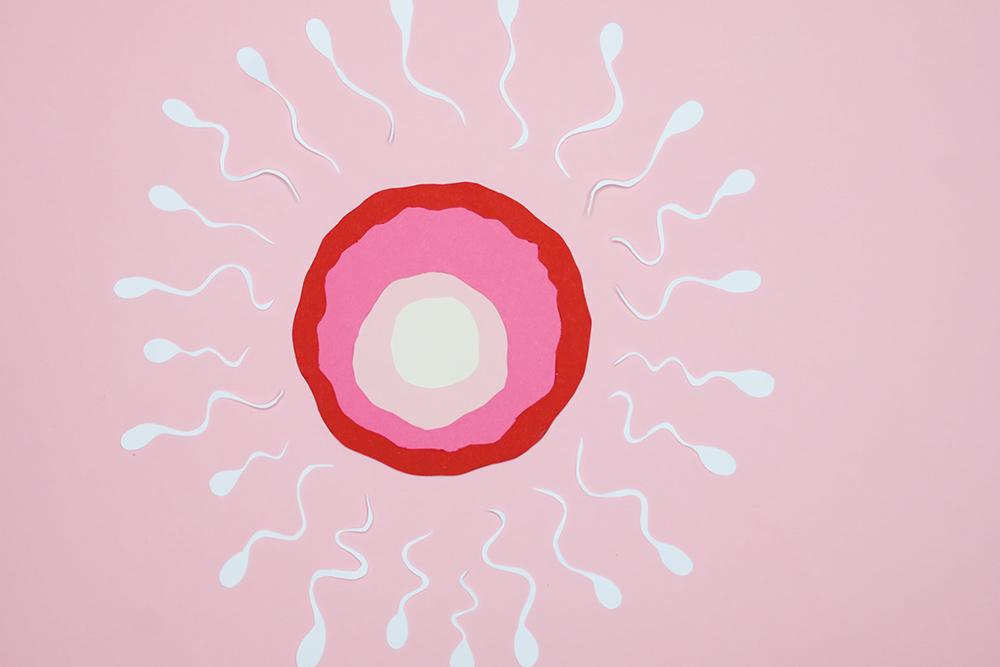
Importance of Post-Vasectomy Follow-Up
After undergoing a vasectomy, follow-up care is crucial for ensuring its success and addressing potential concerns.
Semen Analysis: Confirming Absence of Sperm
Post-vasectomy, men are often required to provide a semen sample to ensure a zero sperm count. This ensures the procedure was successful and helps prevent unintended pregnancies.
Why Some Men Still Have Viable Sperm Post-Vasectomy
In rare cases, men may experience recanalisation, where the vas deferens naturally reconnect, allowing sperm to re-enter the semen. This is one reason why vasectomy reversal is possible. However, it underscores the importance of follow-ups and semen tests.
Recommendations for Contraceptive Use After the Procedure
Until a zero sperm count is confirmed, it’s recommended to use other birth control methods for at least 3 months to prevent getting a partner pregnant. While a no scalpel, open-ended vasectomy might offer less postoperative discomfort, it still requires caution and follow-up to ensure efficacy.



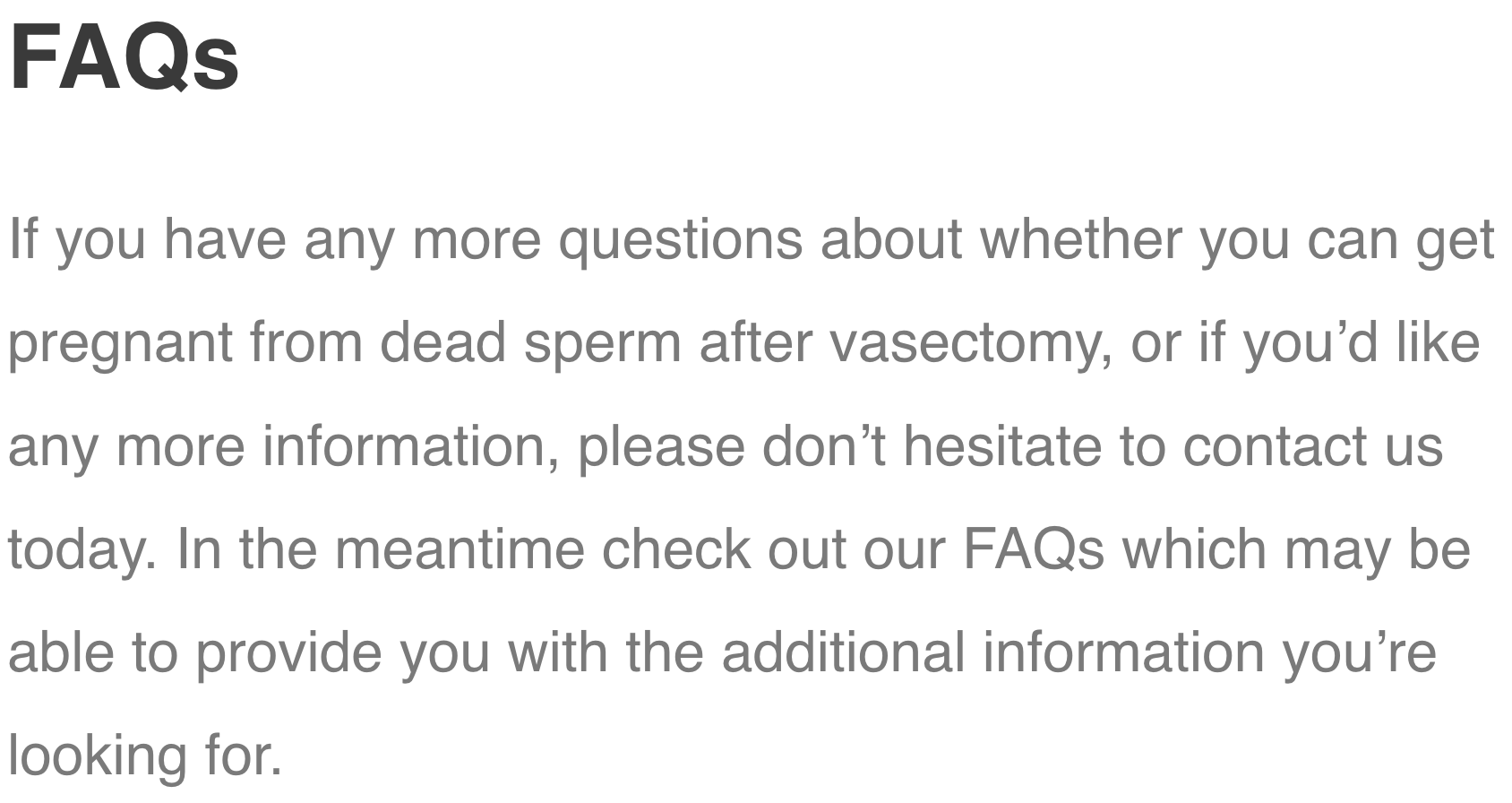
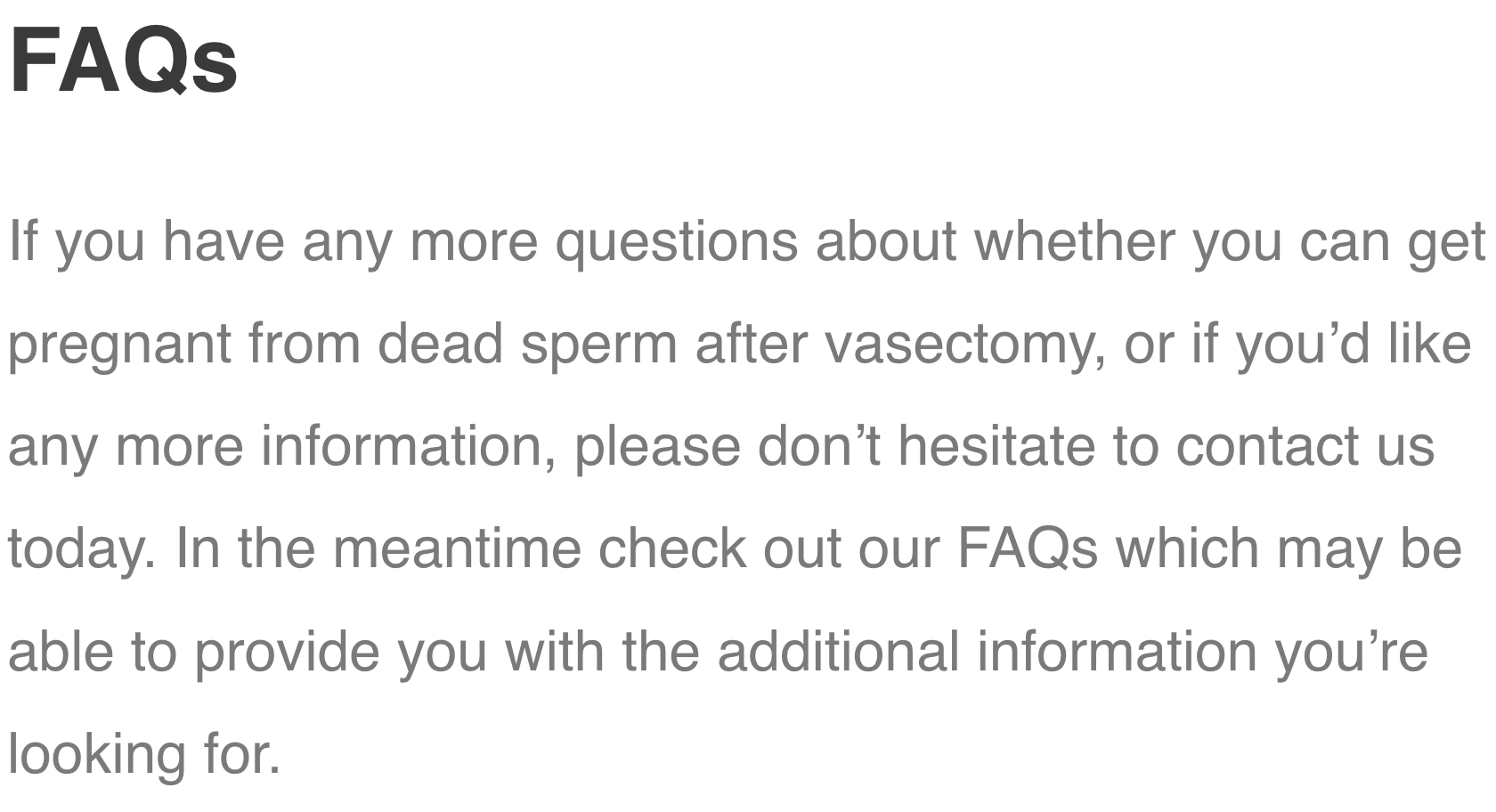

Does Vasectomy Affect Testosterone Levels?
A common myth is that vasectomies impact testosterone producing cells. However, the procedure doesn’t affect testosterone levels. The testicles continue to produce this hormone, and its release into the bloodstream remains unaffected.
What happens to sperm if it’s not ejected?
If not ejected, a sperm cell is naturally broken down and absorbed by the body. This is a regular process where unused cells are safely eliminated, ensuring the reproductive system’s balance and health.
How long does sperm stay after vasectomy?
After a vasectomy, sperm may remain in the vas deferens for weeks or even months. Typically, it takes at least three months to clear them. Regular semen analysis post-vasectomy is essential to confirm the absence of sperm.
What causes post vasectomy pain syndrome?
Post vasectomy pain syndrome is a rare complication resulting from nerve inflammation or damage, sperm granulomas (sperm leakage causing inflammatory response), or congestion in the testicles. Its exact cause remains debated, but it can be a combination of these factors.







